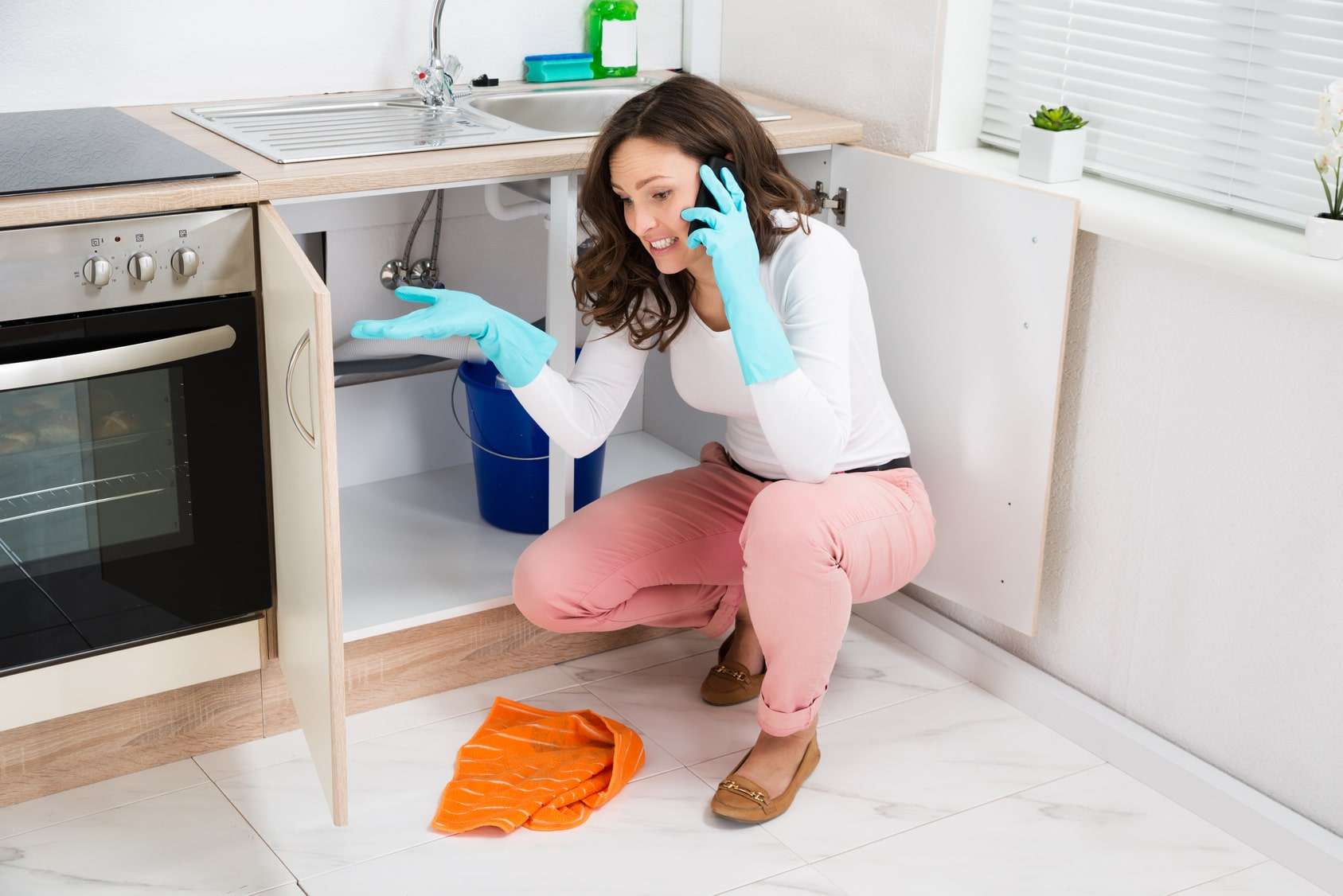Spot the Six Most Leak Triggers Within Your House
Spot the Six Most Leak Triggers Within Your House
Blog Article
Have you been in search of facts and techniques on Common Water Leaks In House?

Leaks not only create waste of water however can likewise trigger unnecessary damages to your house as well as promote unwanted organic development. By looking as well as comprehending for daily scenarios that trigger leakages, you can secure your residence from future leaks as well as unneeded damages.
Immediate temperature level modifications.
Severe temperature modifications in our pipelines can cause them to expand and also get suddenly. This growth and contraction may cause cracks in the pipes, especially if the temperature level are listed below freezing.
Rusty water systems
This might be the reason of staining or bending on your water pipes. If our plumbing system is old, think about changing the pipes given that they are at a greater threat of corrosion than the newer designs.
Malfunctioning Pipe Joints
The point at which your pipelines connect is often the weakest link in the waterline. Pipeline joints can degrade over time, causing water leaks. However, most of pipeline joints are not conveniently noticeable. If you have loud pipelines that make ticking or banging sounds, specifically when the warm water is switched on, your pipeline joints are probably under a lot of pressure. It is a good idea to have your plumber evaluate your system yearly.
Encroaching origins
A lot of water leaks start outside the residence instead than inside it. You may observe wet spots or sinkholes in your lawn, and that might suggest that tree origins are getting into water lines creating water to seep out.
Poor Water Connectors
At times, a leak can be caused by loosened hose pipes as well as pipelines that provide your appliances. In case of a water links leakage, you might observe water running straight from the supply line or pools around your devices.
Clogged Drains
Blocked drains pipes may be frustrating and inconveniencing, yet they can in some cases wind up triggering an overflow resulting in rupture pipes. Keep getting rid of any kind of products that might go down your drains pipes that could obstruct them to prevent such hassles.
All the above are sources of leaks but not all water leaks arise from plumbing leaks; some leakages could come from roofing leaks. All leakages should be fixed right away to avoid water damages.
Leaks not only trigger waste of water but can also trigger unnecessary damage to your home and also advertise undesirable organic development. By looking and recognizing for everyday situations that create leakages, you can shield your residence from future leakages as well as unnecessary damage. Today, we will certainly look at six leakage triggers that may be triggering your pipes to drip.
At times, a leak can be caused by loose tubes as well as pipelines that supply your devices. In situation of a water links leakage, you may see water running directly from the supply line or pools around your appliances.
How To Check For Water Leak In Your Home
How To Check for Leaks
The average household's leaks can account for nearly 10,000 gallons of water wasted every year and ten percent of homes have leaks that waste 90 gallons or more per day. Common types of leaks found in the home are worn toilet flappers, dripping faucets, and other leaking valves. These types of leaks are often easy to fix, requiring only a few tools and hardware that can pay for themselves in water savings. Fixing easily corrected household water leaks can save homeowners about 10 percent on their water bills.
To check for leaks in your home, you first need to determine whether you're wasting water and then identify the source of the leak. Here are some tips for finding leaks:
Take a look at your water usage during a colder month, such as January or February. If a family of four exceeds 12,000 gallons per month, there are serious leaks.
Check your water meter before and after a two-hour period when no water is being used. If the meter changes at all, you probably have a leak.
Identify toilet leaks by placing a drop of food coloring in the toilet tank. If any color shows up in the bowl after 10 minutes, you have a leak. (Be sure to flush immediately after the experiment to avoid staining the tank.)
Examine faucet gaskets and pipe fittings for any water on the outside of the pipe to check for surface leaks.
Undetected water leaks can happen without the home or business owner even realizing. If you suspect a water leak, but not able to find the source. It is time to contact a professional water leak detection service, The Leak Doctor.
How To Find a Water Leak In Your Home
https://www.leakdoctor.com/blog/How-To-Check-For-Water-Leak-In-Your-Home_AE197.html

We hope you enjoyed reading our piece about Common Water Leaks In House. Thanks so much for taking time to browse our post. Enjoyed our content? Please share it. Let somebody else find it. We treasure reading our article about How to detect water leaks in your home.
Get answers now! Report this page